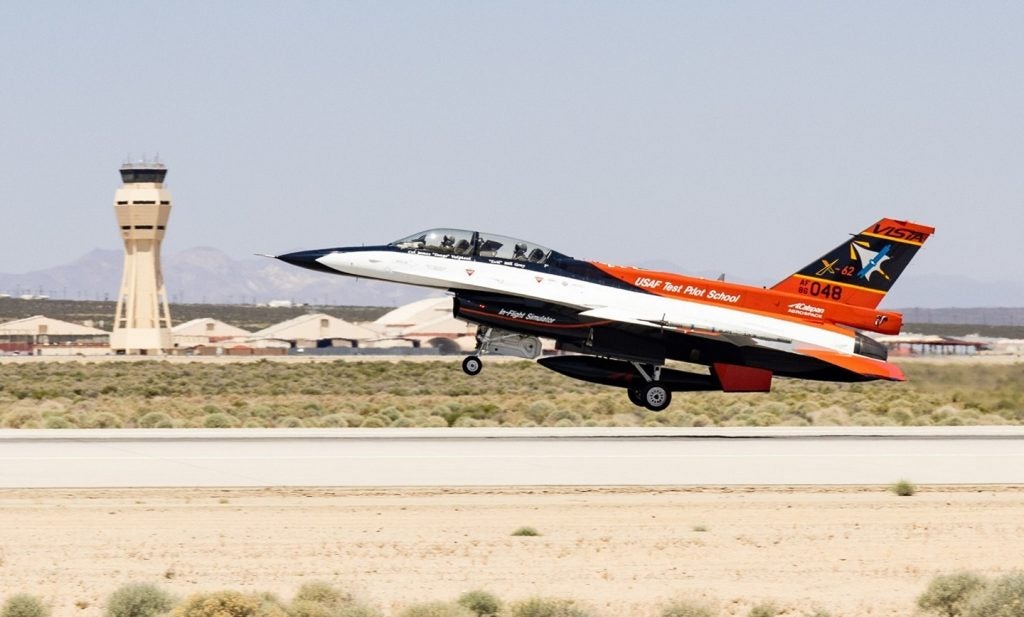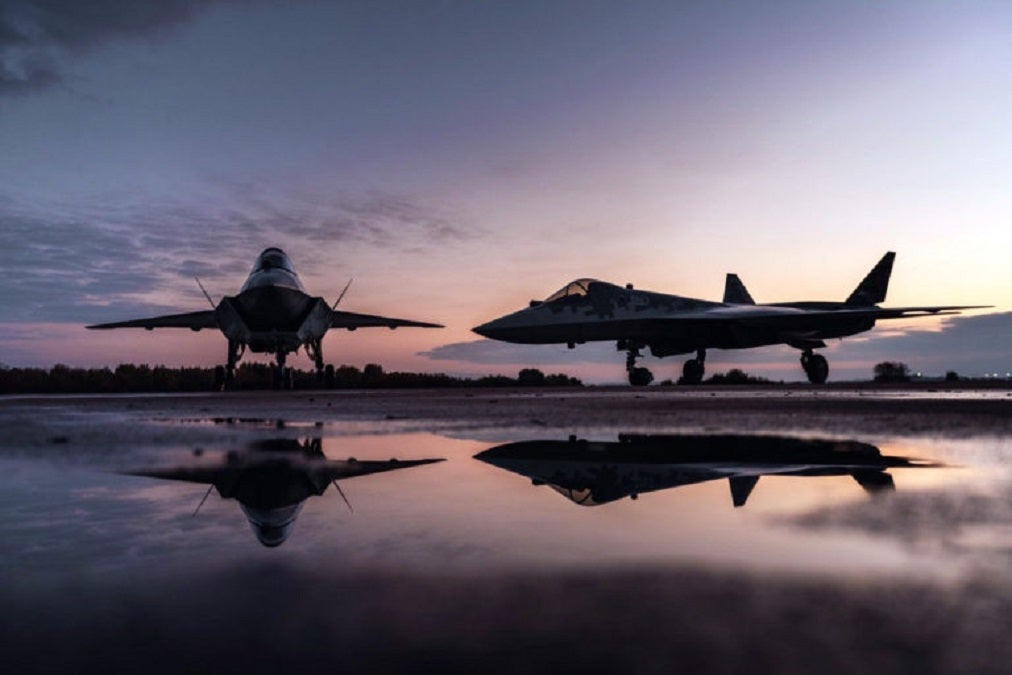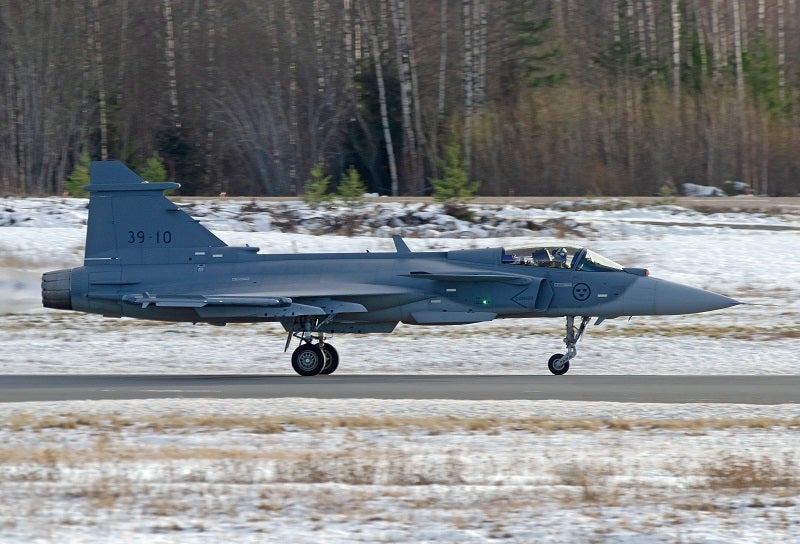Through a collaboration between the US Air Force (USAF), government and industry, the US Secretary of the Air Force, Frank Kendall, will fly inside the autonomously piloted X-62A Variable In-flight Simulation Test Aircraft (VISTA).
This aircraft is modified by Lockheed Martin Skunk Works together with Calspan for the USAF Test Pilot School (TPS) at Edwards Air Force Base (AFB) in California.
The platform is a testbed for artificial intelligence (AI) and autonomy capabilities.
The VISTA aircraft, which is a main part of the TPS curriculum, performed its maiden flight in April 1992. It underwent several upgrades and modifications over the years to address its limitations and improve the USAF’s capability to rapidly and safely test diverse types of configurations of radical nature.
In June 2021, the improved aircraft was officially redesignated from NF-16D VISTA to VISTA X-62A and regarded as a national asset by the USAF. The aircraft makes this school the only USAF TPS school having an operational X plane to support its curriculum.
VISTA was flown by an AI-driven autonomy agent for more than 17 hours, which marked the first time AI was used to operate a tactical aircraft. The test flight was part of 12 flight tests conducted by a joint team of the US Department of Defence to carry out advanced fighter manoeuvres at the Edwards AFB in December 2022.
The modified VISTA X-62A aircraft has a length of 48ft 7in (14.8 metres (m)), a height of 15ft 9in (4.8m), and a wingspan of 32ft 2in (9.8m). The aircraft uses National Advisory Committee for Aeronautics (NACA) 64A204 aerofoils at root and tip sections of the wings.
VISTA is a modified version of the F-16D Block 30 Peace Marble Il aircraft that is fitted with Block 40 avionics. It allows the flight-testing of digital aircraft designs before the construction of the aircraft.
Latest X-62A development
VISTA is essential to realising distributed teamin, Lockheed Martin observed in a statement on 3 May 2024.
In less than a year, the teams installed initial live AI agents into the X-62A's systems, demonstrated the first AI versus human dogfight and completed over 100,000 lines of flight-critical software changes across 21 test flights.
“Our proven hardware and software architecture enable safe and controlled environments for AI agents and advanced algorithms to rapidly prototype and develop,” said John Clark, vice president and general manager at Lockheed Martin Skunk Works.
Lockheed Martin’s open systems architecture, which leverages Skunk Works’ Model Following Algorithm (MFA) and System for Autonomous Control of the Simulation (SACS), enables highly complex tests.
These important updates enhance VISTA’s capabilities while maintaining its rapid-prototyping advantage, allowing for quick changes to software and the ability to conduct flight tests with great frequency, accelerating the pace of AI and autonomy development to meet urgent national defense priorities.












